Buses, Trains – and One Big Pain
Malaysians are clearly not fans of our public transport.
In recent years, the Malaysian government has poured a lot of time, money, and investment into the makings of a better public transit system. New railway systems have cut through the skyline, and transit hubs are cropping up left and right across the country. But if average commuting numbers are anything to go by – Malaysians still aren’t using them.
Even I, as a proud Malaysian, can’t remember the last time I opted to use trains and buses to travel, rather than my good old fashioned family car (and this was before the pandemic basically cut all my travels short).
The thing is – this lack of faith in our own public transport system isn’t anything new. Despite the millions and millions of ringgit dedicated to improving local transit systems, Malaysians have still professed a lot of dissatisfaction with our public trains and buses over the years, and plenty of people have written articles detailing the 5 or 7 or 10 problems with transportation in Malaysia.
So really, what is the deal with Malaysian public transport?
For those who are curious, here are 6 issues with public transportation in Malaysia – and why people don’t use it.
1. Not Easily Accessible
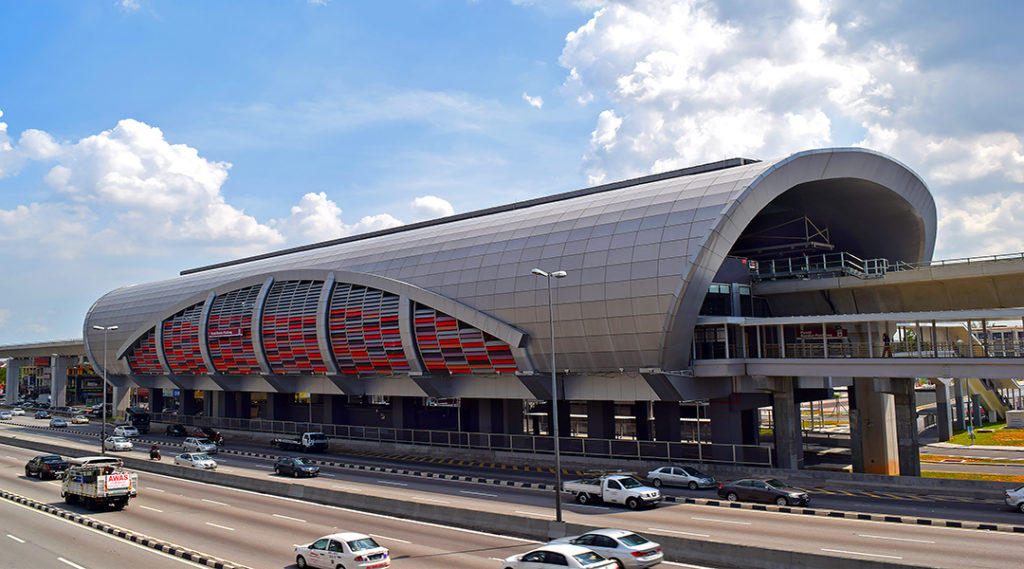
When it comes to the advantages of public transport, things like buses and railway systems should always be convenient and easily accessible. In Malaysia, though? We just don’t see that happening.
Unfortunately, Malaysia’s main public transport problem stems from a lack of coverage and accessibility. For example, bus stops simply aren’t common enough to be useful, and the placement of train and railway systems are nothing short of awkward. A lot of times, these hubs are located way too far from individual homes for people to easily get to them – unless we, you know, drive.
In short, you could say Malaysia suffers in terms of last-mile connectivity to commuters. Public transport systems should be readily convenient for everyone to use, but even getting to certain train stations sometimes requires us to go well out of our way. For a lot of Malaysians, the transit simply isn’t worth the hassle.
But hey – at least we have our feeder buses to solve this last-mile issue and bring us to the stations we need to go to, am I right?
…no. I’m not.
2. Not Punctual
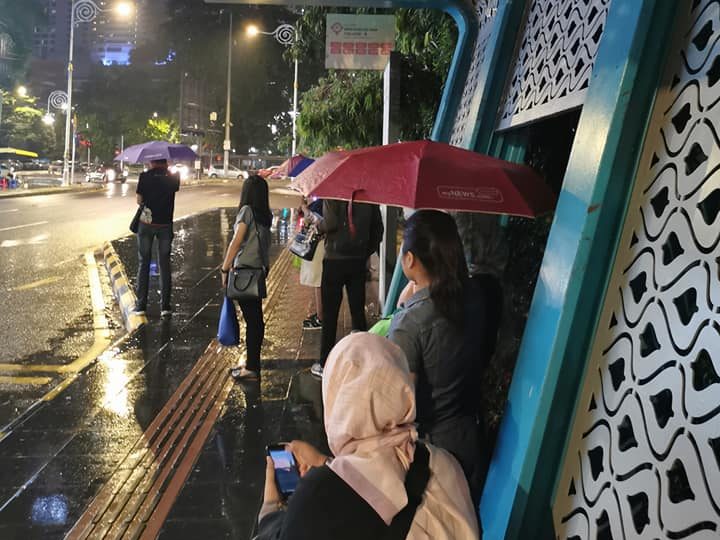
The way feeder bus systems are meant to work is that they are supposed to link commuters to the transit hubs they’re supposed to go to, thereby resolving any problems with last-mile connectivity.
In Malaysia, however, our feeder bus systems have gained almost a notoriety for being unreliable. When you want to use the railway system to go somewhere, you’re expecting your feeder bus to be punctual so you can actually make it for the train. Unfortunately, our feeder buses have a bad tendency of not being very timely, therefore plaguing our commute with delays.
I hate to compare us against another country, but the few times I was in Hong Kong I was dumbfounded by how efficient their feeder systems and public transit were. I would stand at the bus stop for no more than 5 minutes before the bus would roll by to take me to the station – but this kind of promptness just isn’t seen in Malaysia.
When you need to attend work or classes, feeder buses need to be punctual, full stop. And if they aren’t, well – what other option does that leave us to close the gap between our homes and the station?
3. Not Affordable
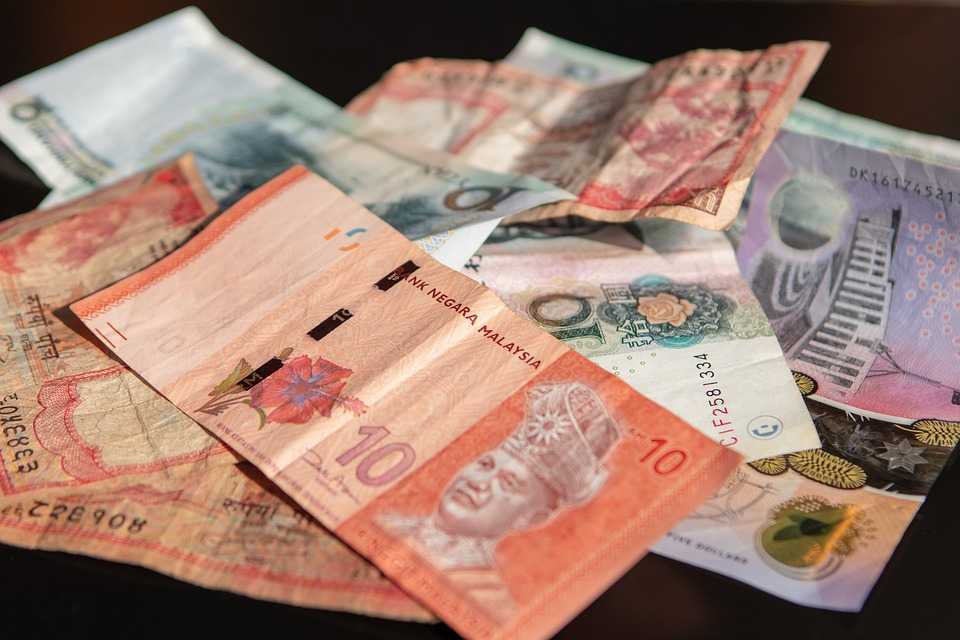
This is where things really go downhill for our transit systems. Everyone knows that public transports main appeal, wherever in the world you might be, lies in its affordability – it’s always the cheaper travel option, and it’s for that reason most people want to use it. But if you take even that away, what’s left?
The disadvantages of public transport in Malaysia isn’t that it’s too expensive on its own. No – it only becomes an issue when we look at the whole picture. When stations are placed too out of the way, we need feeder buses to bridge the last-mile issue. But when feeder buses are unreliable, our alternatives are either using our private cars or calling Grab – which kind of defeats6 Problems With Public Transportation In Malaysia the whole purpose.
The thing is, calling Grab to go to the station every single day just isn’t affordable or sustainable for a lot of Malaysians. And if Malaysians have to use their own private cars to drive to stations for public transport, why not bypass the middle-man entirely and just drive themselves all the way to work?
Not to mention: this set-up becomes especially difficult for Malaysians who can’t afford to own their own private car – and aren’t these the people that public transport are supposed to help in the first place?
4. Not Enough Parking Spaces
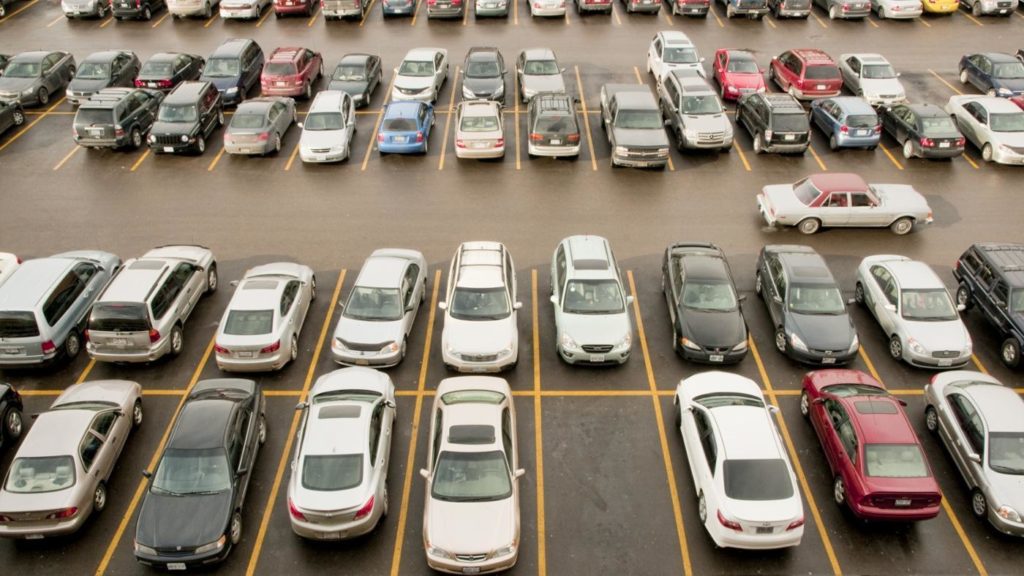
Okay – so you’ve decided you might as well use the LRT, and opted to drive your own car to the station rather than relying on the famously unreliable feeder bus. But once you arrive at said station, you come across a whole other problem entirely.
Unfortunately, even for those of us who have private cars, finding a parking space at certain LRT stations can be one big pain. It’s every Malaysians’ waking nightmare – cycling endlessly through a parking lot, looking for available space, as the time winnows slowly away.
Even past research has shown that a lot of Malaysian LRT stations often suffer from a ‘parking space constraint’. And as any Malaysian can attest, trying to find a space in a crowded parking lot can be one of the most annoying things ever – and definitely detracts from the convenience we’d expect and prefer from a public transportation system.
5. Time-Consuming and Exhausting
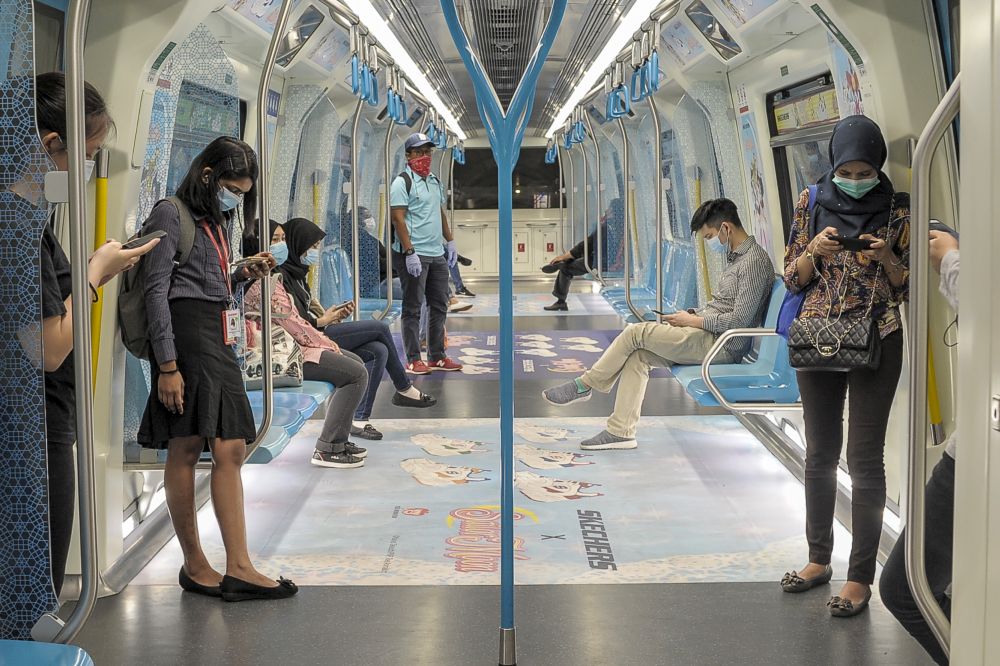
When it comes down to it, public transportation is often way more time-consuming and exhausting than driving your own private car. Considering how many stops a public bus or train has to conduct before arriving on our own, a journey can often be stretched much longer than if we’d just used our own vehicles to travel.
Not to mention, depending on the route we’re taking and the distance we need to traverse, we can often find ourselves constantly swapping train cars or buses en route – and this can be pretty tiring. Studies on public buses, for example, often find Malaysians to be far too tired after work, and far too afraid of being late while going to work, to regularly manage the public transportation system.
Of course, time-consuming and exhausting travels are usually the norm for most countries’ public transports as well, but these usually have other benefits to offset the cons – such as affordability and convenience.
But if you look at this list, this isn’t exactly a luxury reserved for Malaysia (see: all the other points above).
6. It’s Easier Just Drive Our Own Cars
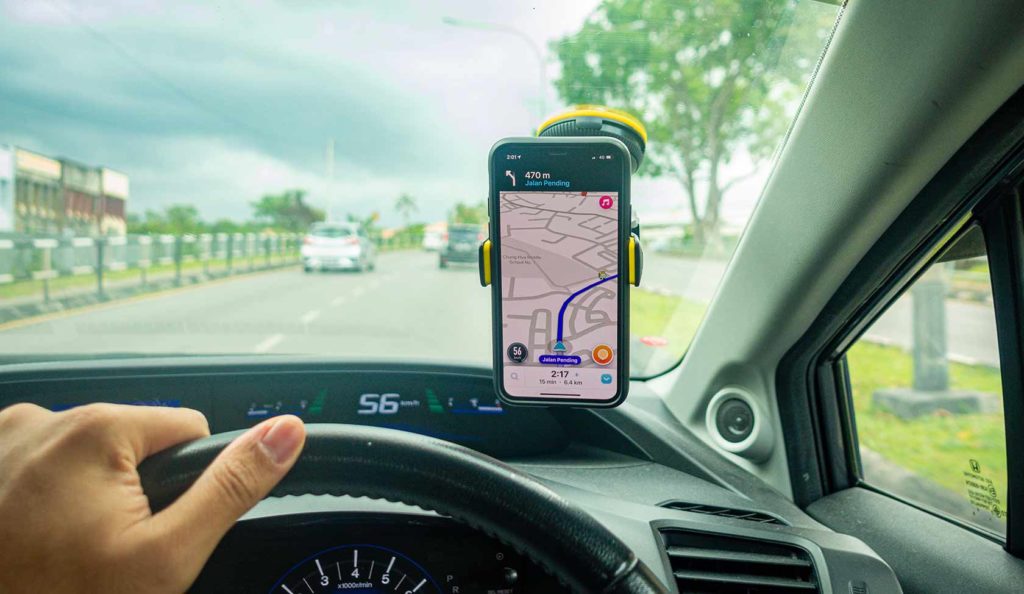
Looking through this list, there’s a clear imbalance between the benefits of public transport vs. individual private cars. As of right now, in terms of convenience, reliability, comfort, and even day-to-day affordability, private cars are much easier to manage. And when there’s such a clear discrepancy, why would Malaysians ever choose public transport over private?
The thing is: our mindsets, cultural norms, and even our road infrastructure have been long acclimated to the use of private cars. According to an article by Vice, Malaysian roads like Klang Valley are often designed for private vehicles above all else – so it just doesn’t seem like public transport really has a place here.
All-in-all: not only do Malaysians seem more used to our own personal vehicles, but it’s also clear that all the cons associated with public transit (e.g. look above) don’t exactly lend us much confidence in the way of public transport. And if using private vehicles are easier – why wouldn’t we just stick to driving our own cars?
Conclusion
It’s pretty evident that the current state of transportation services in Malaysia still has a lot of room for improvement. But if Malaysians really want to embrace public transport to reduce congestion and help those without private vehicles, we need a whole lot more than just implementing public transit systems across the country. We need changes to infrastructure, an understanding of the whole picture, and an actual dedication to resolving the public transport problem and improving accessibility throughout the country.
That way, Malaysians might be a bit more willing to opt for different types of public transport – rather than only relying on Grab or our own private vehicles.
Want to read more from The Cool Bears? Find us here!



